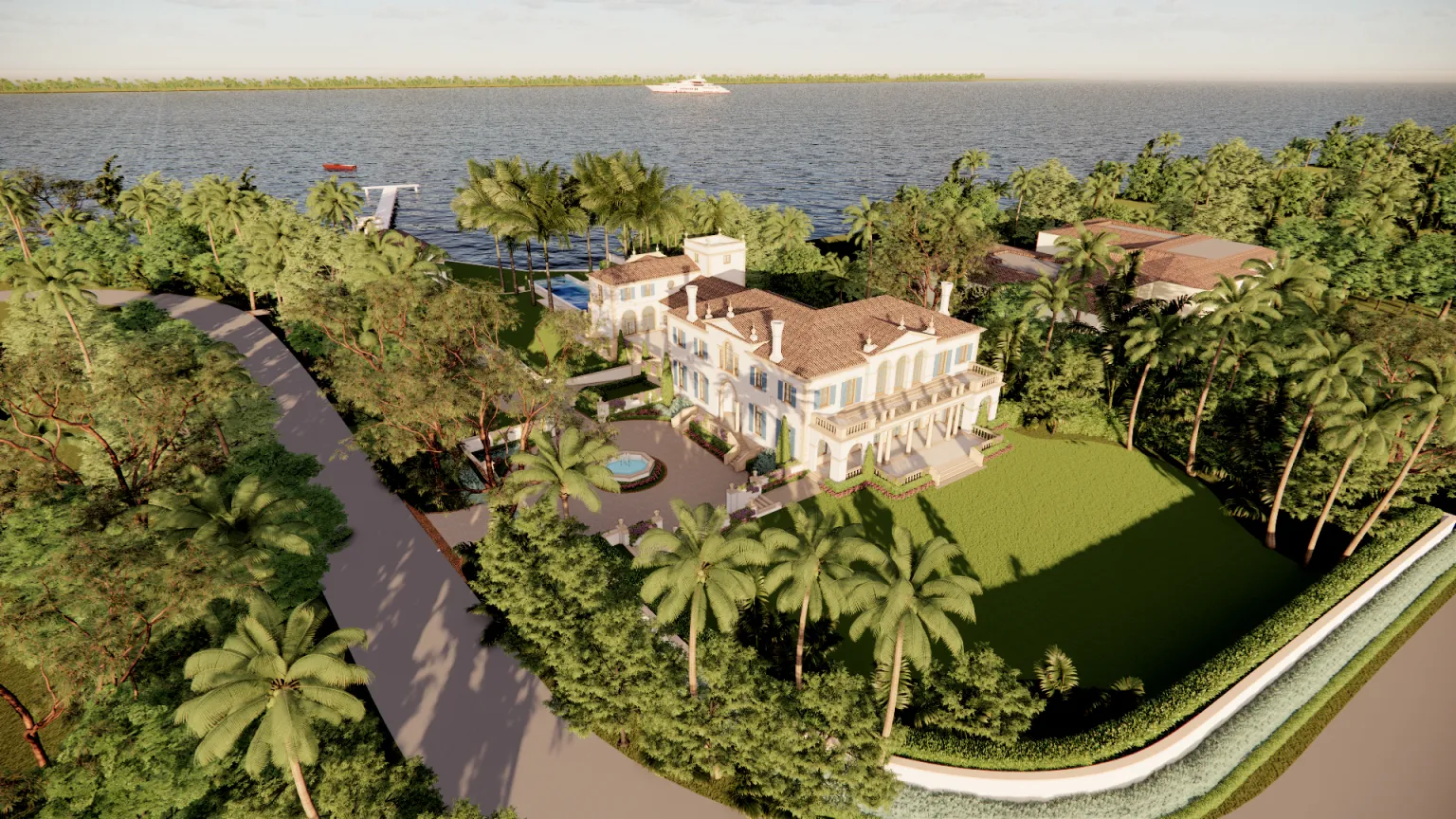When combining classic architectural principles with folly design, you might create a structure that uses classical proportions and details but unexpectedly or exaggeratedly.
-
Purpose: Remember that follies are meant to be visually striking rather than functional.
-
Style: Choose a style that complements the surrounding landscape.
-
Scale: Consider the size in relation to its surroundings. Follies are typically smaller in size.
-
Materials: Use materials that suit the chosen style, whether it’s weathered stone for a “ruin” or ornate woodwork for a pavilion.
-
Location: Place the folly where it creates a focal point or enhances views within the landscape.
-
Symbolism: Many follies incorporate symbolic elements or references to classical mythology or local history.
-
Whimsy: Don’t be afraid to incorporate unusual or eccentric elements – follies are meant to be conversation pieces.
In 18th century England and France, wealthy landowners adorned their estates with follies—miniature replicas of exotic architecture.



